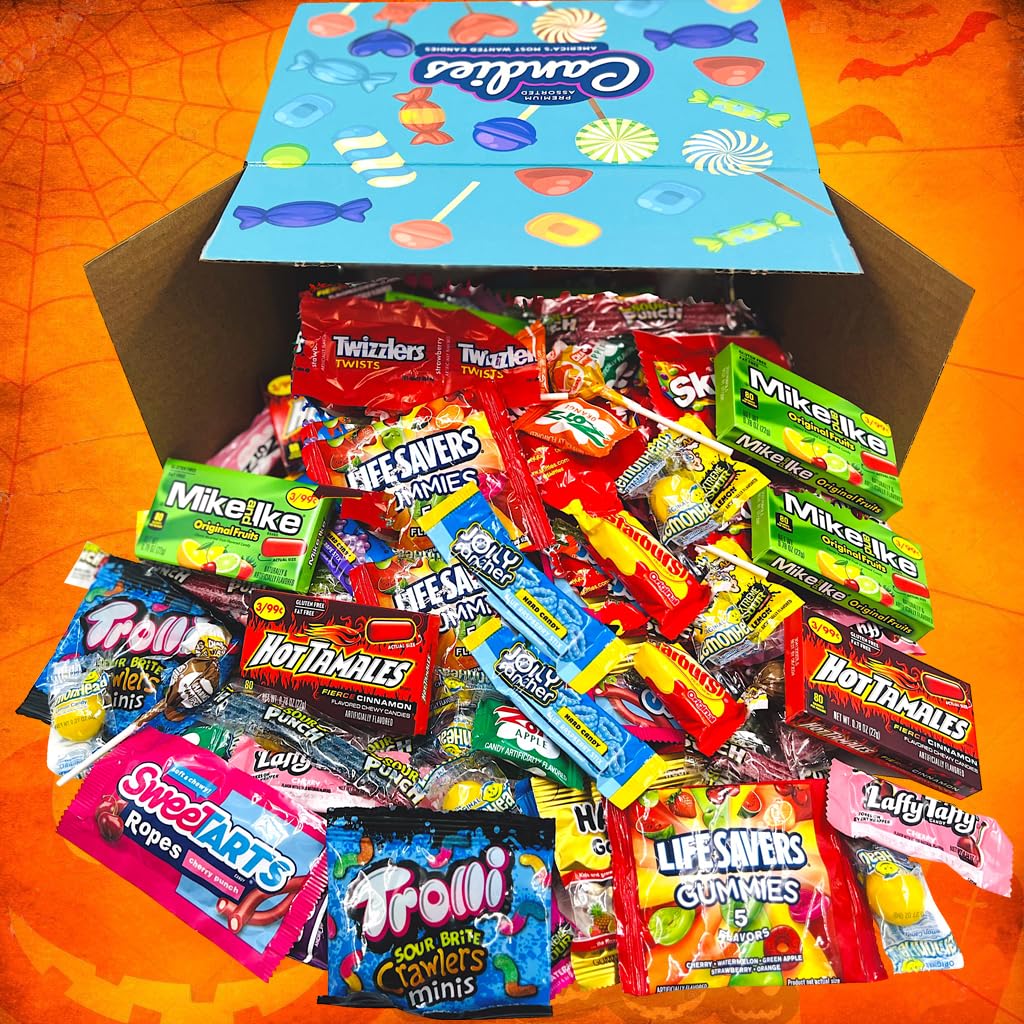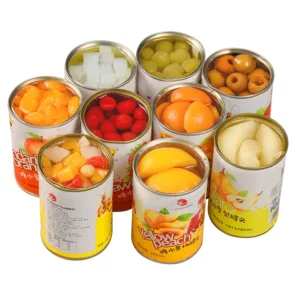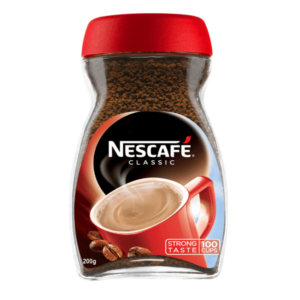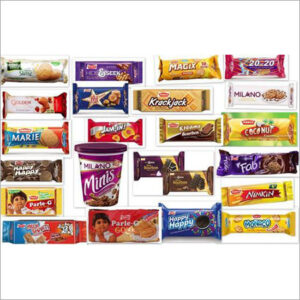Uses:
-
Snacking and Treating:
- Everyday Snacks: Candies are commonly consumed as a quick snack or treat during the day, offering a burst of sweetness.
- Candy Dishes: Candies are often placed in decorative dishes for guests to enjoy at home or during gatherings, adding a sweet touch to the environment.
-
Special Occasions and Holidays:
- Gift-Giving: Candies make great gifts, often presented in gift boxes, tins, or jars during holidays or special celebrations.
- Seasonal Celebrations: Candies are closely tied to holidays such as Christmas, Halloween, and Easter, where people often exchange or consume candy in various shapes, colors, and flavors.
- Party Favors: Candies are popular as party favors or giveaways at birthday parties, weddings, and other events.
-
Decorative Uses:
- Cake Decoration: Candies are often used as decorative elements on cakes and cupcakes, adding color, texture, and flavor to baked goods.
- Candy Buffets: For special events like weddings or parties, candy buffets are often set up, offering guests a variety of candies to pick from.
-
Culinary and Cooking:
- Baking and Confectionery: Candies are sometimes incorporated into recipes for desserts, such as using chocolate candies in cookies or adding chewy candy pieces to cakes.
- Flavoring and Garnishes: Candies can be used to flavor or garnish drinks, like candy canes in hot chocolate, or they can be melted to create fillings or coatings.
Storage and Handling:
- Storing Candies: Candies should be stored in a cool, dry place to preserve their freshness. Chocolate should be kept at room temperature to avoid melting, while hard candies and gummies can be kept in airtight containers to prevent them from becoming sticky.
- Shelf Life: Hard candies and chocolate bars typically have a longer shelf life than chewy candies. Candies with filling, such as caramels or chocolates with cream-based fillings, have a shorter shelf life and should be consumed sooner.
- Heat Sensitivity: Some candies, especially chocolate and chewy varieties, are sensitive to heat and should be protected from high temperatures to avoid melting or becoming overly soft.
Candies provide an indulgent treat that can brighten any moment, whether enjoyed alone or shared in a festive setting. Their diverse forms, flavors, and uses make them a versatile addition to any sweet-tooth craving or celebration.






Reviews
There are no reviews yet.